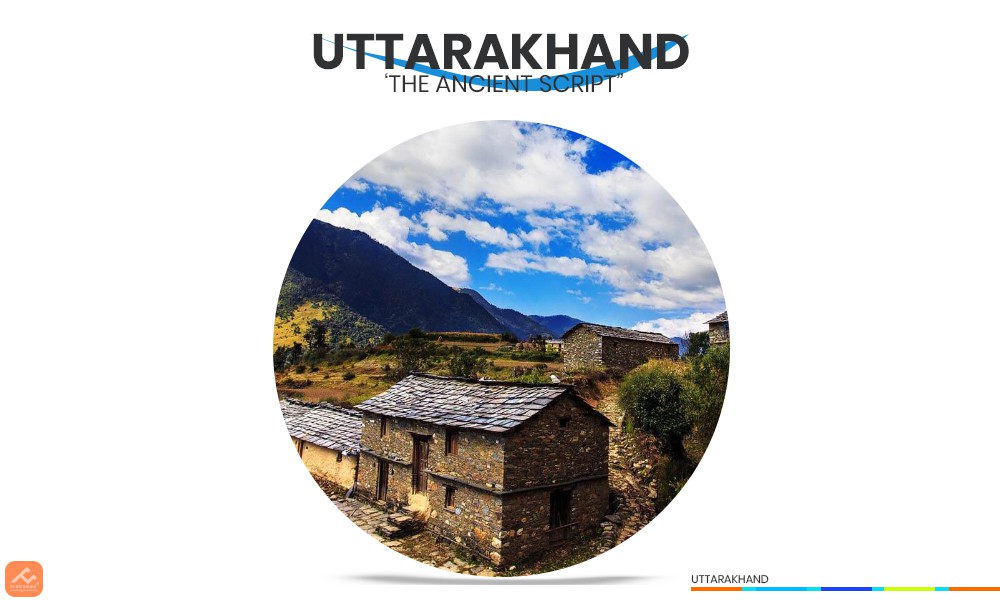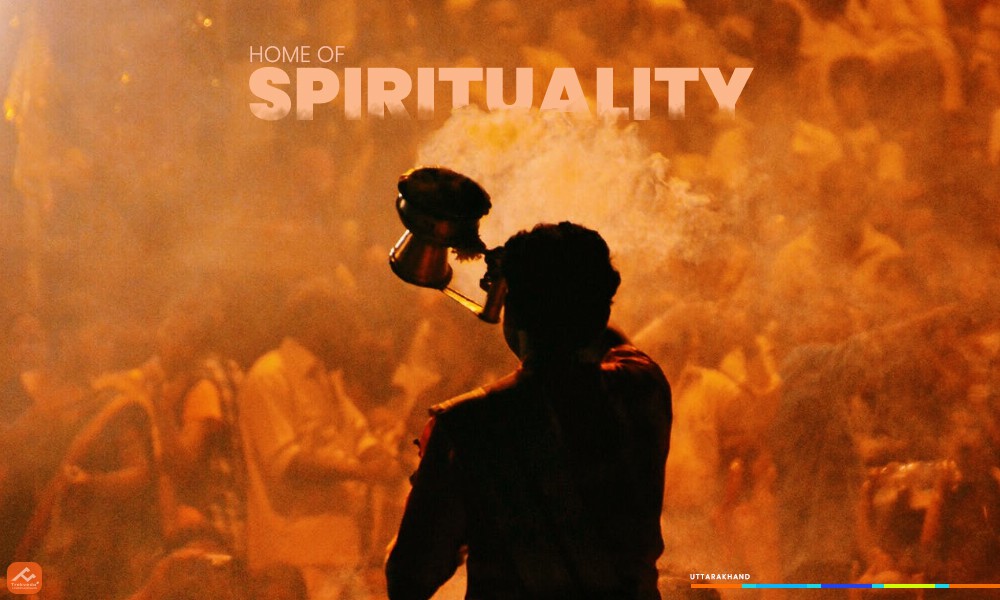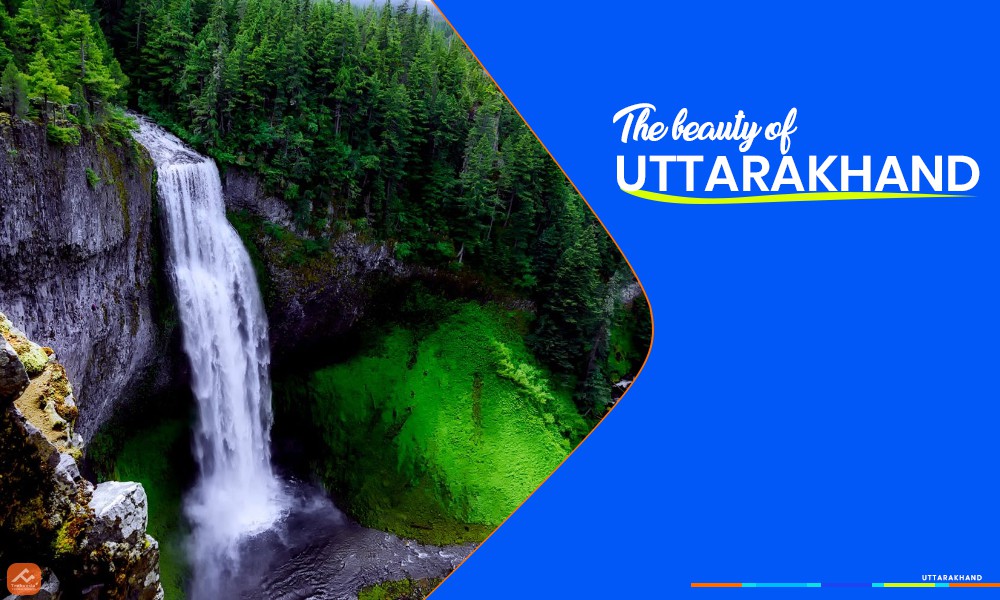Uttarakhand “The Ancient Scriptâ€
- Date : 2021-01-04
- Author : Nitisha Bhardwaj

Uttarakhand the “Land of god†carries the beauty so deep, the tradition and culture of Uttarakhand is so colorful. Nestled in the lap of Himalayas Uttarakhand offers the mesmerizing vistas.
Spiritual Essence of Uttarakhand

In Hinduism's holiest Vedas, and scriptures the mountain Range Himalayas traced its name long time before, and most part of which is central Himalayas are given the name Uttarakhand. Most of the sacred rivers have got their start from Uttarakhand such as the Yamnotri in the western piece of the Garhwal area, lies at a height of around 10,600 Ft. Its central divinity is Yamuna, the Hindu stream goddess. The Yamuna River rises up out of the Yamnotri ice sheet adjacent. The altar of Gangotri, in the northwestern piece of the state, is arranged in a cedar-and pine-lush territory at a rise of almost 10,000 Ft. submerged in a waterway at the site is the characteristic shake linga; phallic image of the god Shiva where, as per folklore, Shiva sat when he got the goddess Ganga in his tangled locks. At Kedarnath, to some degree toward the southeast of Gangotri at a rise moving toward 12,000 Ft. is a stone sanctuary to Shiva that is viewed as over 1,000 years of age; a substantial statue of the bull Nandi, one of Shiva's central orderlies, remains outside the sanctuary entryway. The Badrinath sanctuary, situated at a rise of around 10,300 Ft. on the bank of Alaknanda River, is the dwelling place the god Vishnu; the sanctuary's object of worship of Vishnu, made of dark stone, is said to have been introduced by the eighth century scholar Shankara. A vital Sikh altar and journey site is Hemkund Sahib. Roosted at a rise over 13,000 Ft. in north-focal Uttarakhand, the hallowed place praises the tenth Guru of Sikh religion, Gobind Singh. It denotes where the Guru invested a very long time in contemplation.
The beauty of Uttarakhand

Uttarakhand is known for its astounding common habitat. Among the most loved goals of inhabitants and guests are the Valley of Flowers and Nanda Devi national parks (together assigned an UNESCO World Heritage site in 1988) in the northern Kumaun Himalayas, Rajaji National Park in the western Siwaliks, and Corbett National Park in the Himalayan lower regions. Numerous likewise appreciate visiting the state's mountain lakes and ice sheets, just as its forested valleys and Bugyals Mussoorie, Nainital, Ranikhet, Kausani, Almora, and Auli are famous mountain resorts, some of which offer fine inclines for skiing. Uttarakhand is a land saturated with numerous layers of history, culture, ethnicity, and religion. Old shake artistic creations; shake covers, Paleolithic stone devices, and stone monuments show that the mountains of the district have been possessed by people since ancient occasions. Archeological remains likewise bolster the presence of early Vedic practices in the region. Beside what has been gained from such archeological proof, next to no is thought about the early history of Uttarakhand. Early sacred texts notice various clans that occupied the Garhwal and Kumaun locales of what is presently Uttarakhand. Among these early occupants were the Akas, Kol-Munds, Nagas, Paharis (Khasas), Hephthalites (Hunas), Kiratas, Gujjars, and Aryans. The Paharis were the predominant gathering in both the Garhwal and the Kumaun zones until the happening to the Rajputs and high rank Brahmans from the fields around the thirteenth century. It was just in postindependence India that the Uttarakhand locale started to get critical consideration in the territorial writing, when the self-sufficient royal territory of Tehri-Garhwal was joined into the United Provinces of India in 1949. With the reception of another Indian constitution in 1950, the United Provinces was renamed Uttar Pradeshand turned into a constituent territory of India. Pondering an extensive populace and an immense land zone, the administration of the new state—situated at the southeastern city of Lucknow—thought that it was hard to address the interests of the general population in the far-northern district. Joblessness, neediness, absence of satisfactory framework, and general underdevelopment at last drove the general population of Uttarakhand to require a different state soon after the production of Uttar Pradesh. At first, challenges were frail; however they accumulated quality and force during the 1990s. The strain achieved a peak on Oct. 2, 1994, when police terminated on a horde of demonstrators in the northwestern town of Muzaffarnagar, murdering various individuals.
The separatists proceeded with their disturbance for the following quite a long while. At long last, in November 2000 the new province of Uttaranchal was made. In 2007 Uttaranchal progressed toward becoming Uttarakhand, recovering the name by which the locale had been known preceding statehood.
Your email address will not be published. Required fields are marked *